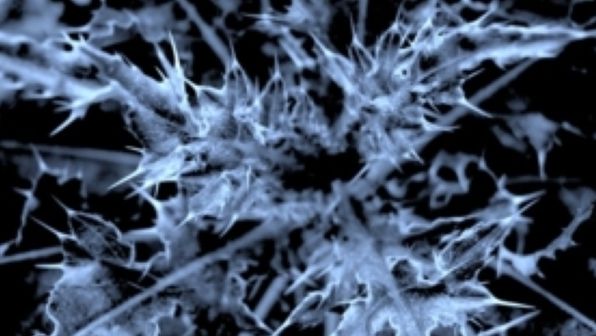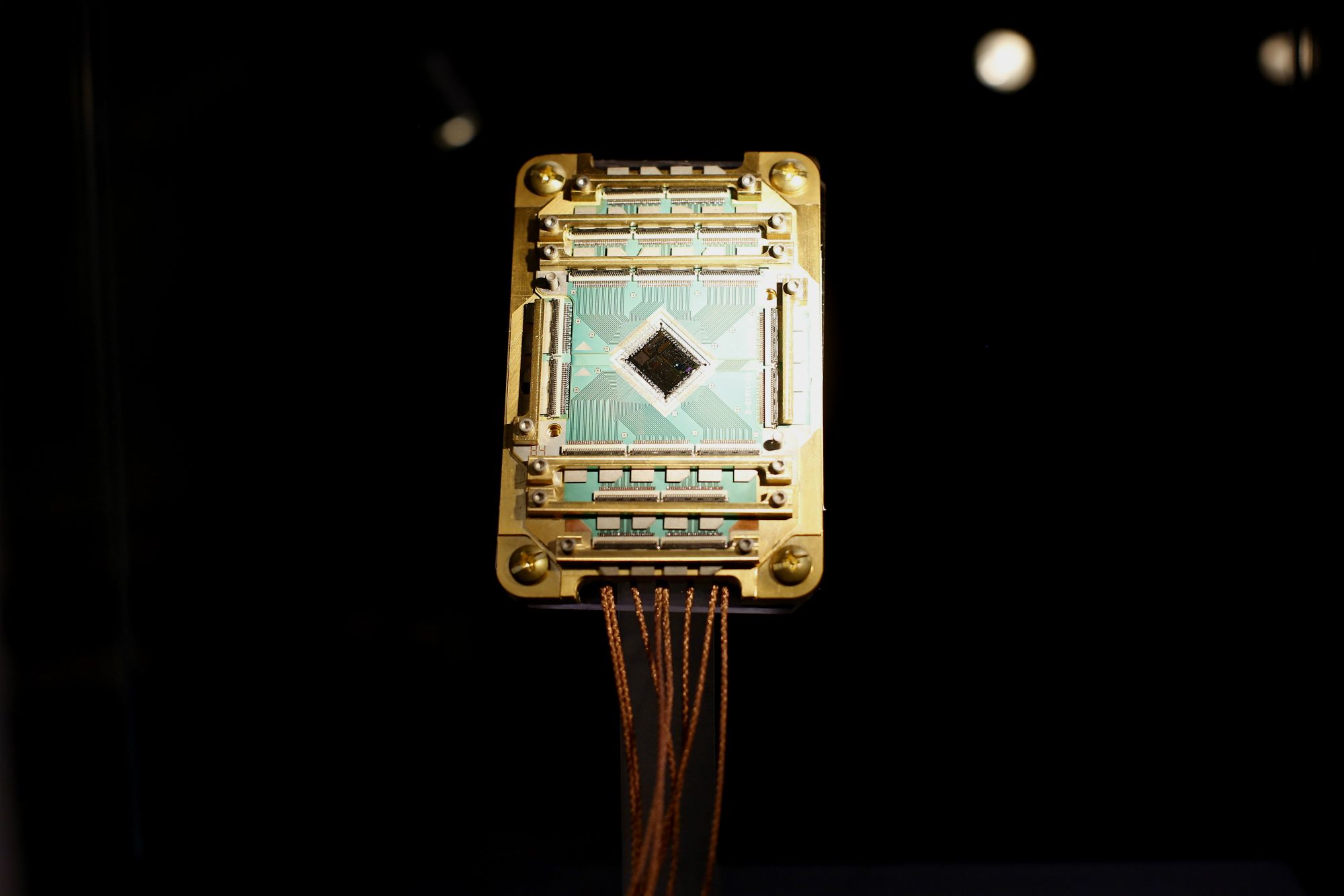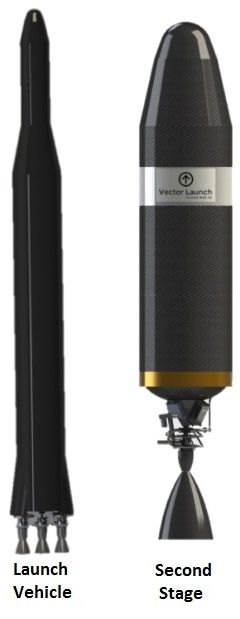SpaceX has entered into an agreement with NASA for a Dragon mission to Mars, set to take place as early as 2018. Known as “Red Dragon”, the variant of the Dragon 2 spacecraft will be launched by the Falcon Heavy rocket, ahead of a soft landing on the surface of Mars. The spacecraft is set to carry a suite of scientific instrumentation as part of the NASA agreement.
Red Dragon:
SpaceX’s Martian ambitions are well known, although this year will finally see an outline of the ambitious roadmap that it hopes will eventually result in a human colony on the Red Planet.








